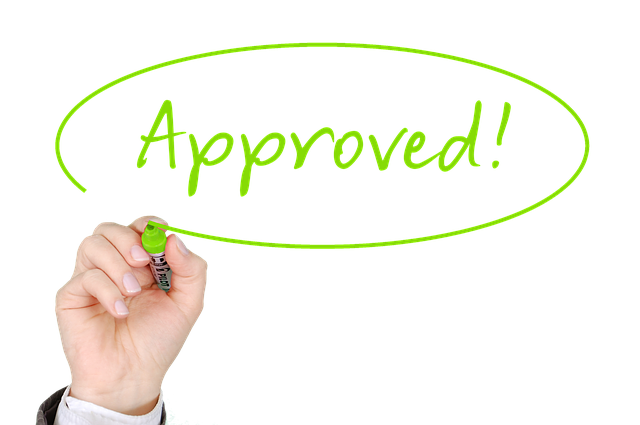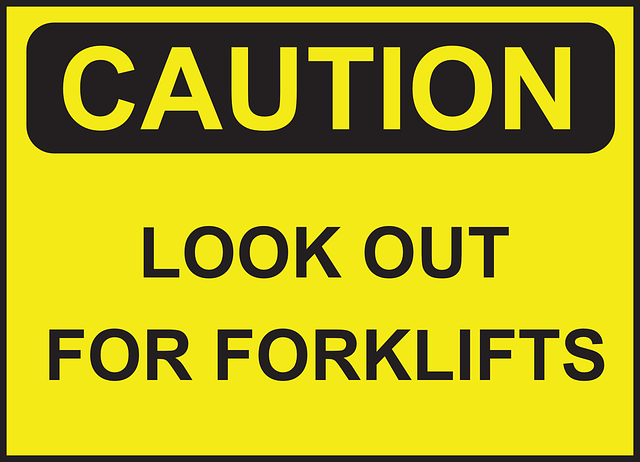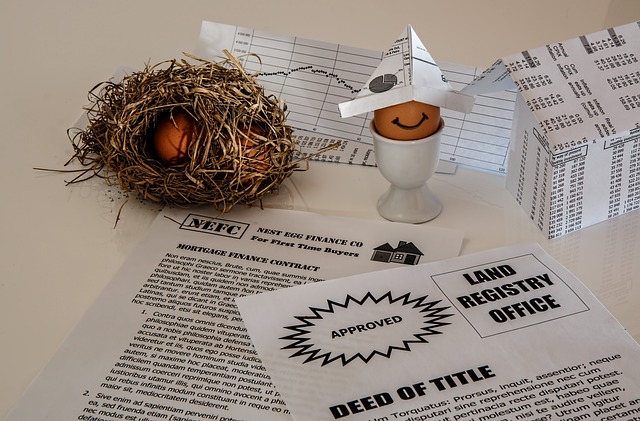Securing an equipment loan requires understanding and fulfilling strict credit requirements set by lenders. Key steps include maintaining accurate financial statements, gathering comprehensive documentation (income, expenses, debts, assets), improving business plans, managing debts responsibly, and demonstrating the need for equipment. Proper documentation increases loan approval chances, influences favorable loan terms, and establishes positive relationships with lenders.
In today’s business landscape, equipment loans are crucial for growth, but understanding eligibility criteria is essential. This article navigates the intricate relationship between equipment loan eligibility and business size. We delve into the credit requirements that lenders consider, emphasizing the importance of financial statements in securing approval. Additionally, we outline essential documentation needed and provide strategies to improve your chances. For a successful loan application, follow our expert tips tailored for crafting compelling applications.
- Understanding Credit Requirements for Equipment Loans
- The Role of Financial Statements in Loan Approval
- Essential Documentation Needed for Loan Applications
- Strategies to Improve Eligibility and Boost Your Chances
- Tips for Crafting a Successful Equipment Loan Application
Understanding Credit Requirements for Equipment Loans

Understanding Credit Requirements for Equipment Loans
When applying for an equipment loan, one of the key factors lenders assess is your business’s creditworthiness. They will scrutinize your financial statements to gauge your company’s financial health and stability. This includes examining income, expenses, debts, and assets to ensure you meet the minimum credit requirements set by the lender. Providing accurate and comprehensive documentation is crucial for a successful loan application. It allows lenders to make informed decisions and increases your chances of loan approval.
To improve your eligibility, it’s important to maintain strong financial records and practices. Regularly updating your financial statements, ensuring timely payments, and managing debts responsibly are all part of the process. Additionally, having a solid business plan and demonstrating a clear need for the equipment can enhance your application. Following these loan application tips will not only strengthen your chances of securing funding but also help you establish a positive relationship with potential lenders.
The Role of Financial Statements in Loan Approval

When applying for a Business Loan, especially to purchase or lease equipment, financial statements play a pivotal role in securing approval. Lenders often require comprehensive financial documentation to assess your business’s stability and creditworthiness. These statements provide insight into your company’s financial health, revenue, expenses, and overall performance. By analyzing this data, lenders can determine if your business meets the stringent credit requirements for the loan.
To improve your eligibility and enhance your loan application, ensure that your financial statements are up-to-date, accurate, and include all necessary details. Organize and present them in a clear manner to demonstrate a consistent and positive cash flow. Lenders will scrutinize these documents to gauge your business’s potential and decide on the terms of the loan, including interest rates and repayment periods. Therefore, meticulous record-keeping and a solid financial foundation are crucial when seeking equipment loans, especially for businesses aiming to expand or upgrade their operations.
Essential Documentation Needed for Loan Applications

When applying for an equipment loan, whether for a small startup or a large-scale business, having the right documentation is key to a successful loan approval process. Lenders will require specific financial documents to assess your creditworthiness and eligibility for the loan. Essential documentation needed includes recent financial statements such as income statements, balance sheets, and cash flow projections. These documents provide a clear picture of your company’s financial health and its ability to repay the loan.
Additionally, lenders often request business registration documents, tax returns, and personal guarantees from business owners. Properly preparing these documents and providing them accurately can significantly improve your loan approval chances. As part of your loan application tips, ensure that all information is up-to-date, complete, and correctly formatted to streamline the review process. This not only increases your eligibility but also helps in meeting credit requirements efficiently.
Strategies to Improve Eligibility and Boost Your Chances

To improve your equipment loan eligibility and boost your chances of securing financing, it’s crucial to understand and meet the lender’s credit requirements. Start by organizing and preparing your financial statements, as lenders will want to see a clear picture of your business’s financial health. Accurate and up-to-date records demonstrate responsible management and increase your loan approval prospects.
Additionally, gather all necessary documentation ahead of time. This includes business registration documents, tax returns, and any existing loan agreements or collateral details. Demonstrating thorough preparation shows commitment and can impress lenders. For further eligibility improvement, consider enhancing your application with strategies like providing detailed business plans, offering collateral if possible, and addressing any gaps in your financial history with explanations or alternative forms of assurance. These loan application tips can significantly strengthen your position when applying for equipment financing.
Tips for Crafting a Successful Equipment Loan Application

When applying for an equipment loan, a strong application can significantly increase your chances of approval. Start by gathering all the necessary documentation, including financial statements and business registration details. Transparency is key; ensure your records are up-to-date and accurate to meet the credit requirements of lenders.
Next, organize your business’s supporting documents that demonstrate stability and eligibility improvement over time. This may include tax returns, bank statements, and any previous loan or lease agreements. Lenders will assess these to understand your financial health. Additionally, prepare a detailed plan outlining how you intend to use the equipment, its expected lifespan, and the potential return on investment. Clear communication here can help lenders visualize your vision and align it with their lending goals.














